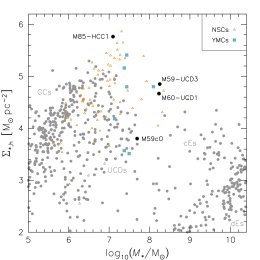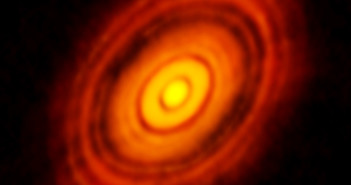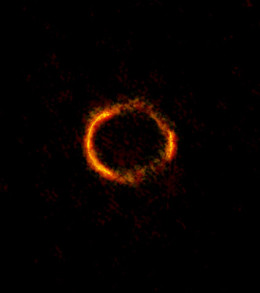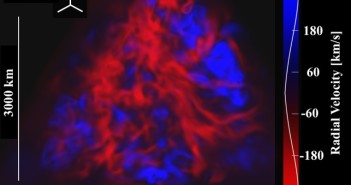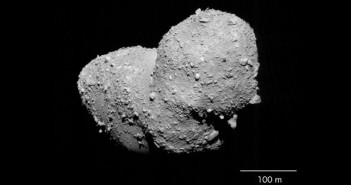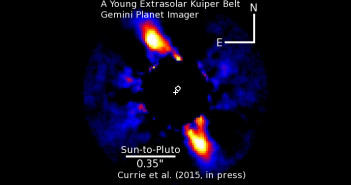
Planet Imager Discovers Young Kuiper Belt
A debris disk just discovered around a nearby star is the closest thing yet seen to a young version of the Kuiper belt. This disk could be a key to better understanding the interactions between debris disks and planets, as well as how our solar system evolved early on in its lifetime.
Hunting for an analog
The best way to understand how the Kuiper belt — home to Pluto and thousands of other remnants of early icy planet formation in our solar system — developed would be to witness a similar debris disk in an earlier stage of its life. But before now, none of the disks we’ve discovered have been similar to our own: the rings are typically too large, the central star too massive, or the stars exist in regions very unlike what we think our Sun’s birthplace was like.
A collaboration led by Thayne Currie (National Astronomical Observatory of Japan) has changed this using the Gemini Planet Imager (GPI), part of a new generation of extreme adaptive-optics systems. The team discovered a debris disk of roughly the same size as the Kuiper belt orbiting the star HD 115600, located in the nearest OB association. The star is only slightly more massive than our Sun, and it lives in a star-forming region similar to the early Sun’s environment. HD 115600 is different in one key way, however: it is only 15 million years old. This means that observing it gives us the perfect opportunity to observe how our solar system might have behaved when it was much younger.
A promising future
GPI’s spatially-resolved spectroscopy, combined with measurements of the reflectivity of the disk, have led the team to suspect that the disk might be composed partly of water ice, just as the Kuiper belt is. The disk also shows evidence of having been sculpted by the motions of giant planets orbiting the central star, in much the same way as the outer planets of our solar system may have shaped the Kuiper belt.
The observations of HD 115600 are some of the very first to emerge from GPI and the new generation of planet-hunting instruments. The detection of this disk provides a promising outlook on what we can expect to discover in the future with these systems.
Citation:
Thayne Currie et al. 2015 ApJ 807 L7 doi:10.1088/2041-8205/807/1/L7


